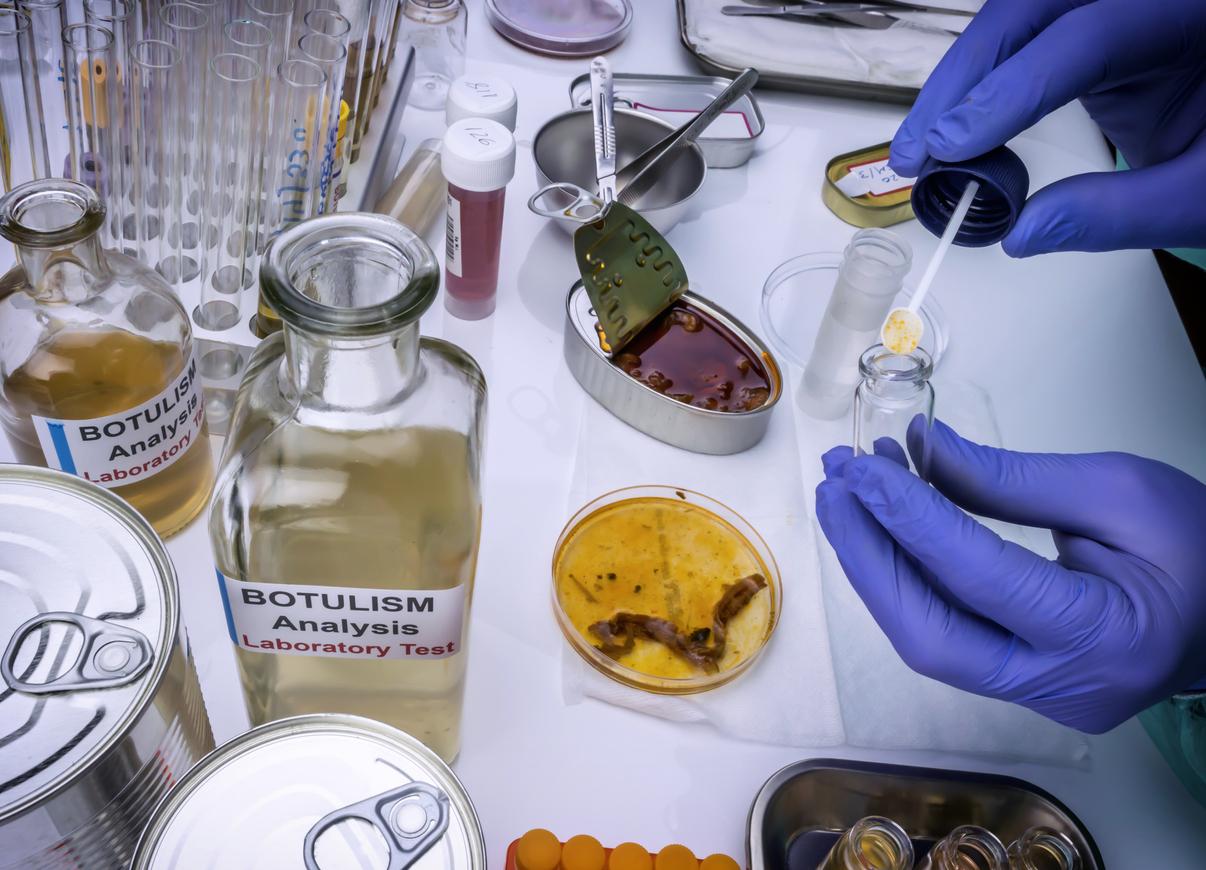Setting in jars of food is ideal for optimizing shopping or harvesting. This preservation method promotes the consumption of raw foods (not transformed), it generates almost no waste and preserves the taste and quality of food.
Is it profitable to make preserves?
Yes, making your own preserves is practical and also economical : “This is especially true if you have a vegetable garden”, nuance Sandrine Duport*, author ofMake a success of my homemade preserves – 101 recipes to move towards food autonomy, published by Jouvence (May 2022). However, nothing prevents you from buying fruit and vegetables at knockdown prices at the end of the market, for example, and using them for canning.
It’s also a way to use the fruit offered by your neighbors who no longer know what to do with their cherries or peaches when it’s high season. In terms of nutrition and health, the preserves you prepare also have an advantage: they do not contain preservatives or additives, contrary to industrial preserves.
How to make preserves at home?
Preserves are not complicated to make and do not require investing in a lot of equipment, at least at first, especially since heat (sterilization) is not the only way to make preserves. You can preserve food by:
- Fermentation (lacto-fermented), it is a process that has been used for thousands of years to preserve food and increase its benefits through the use of “good” bacteria.
- in oil, this technique is suitable for peppers, garlic or dried tomatoes, but without heat treatment the oil will only serve to isolate the food from the air and the conservation will be short-lived even in the refrigerator.
- In vinegarit prevents the development of microorganisms, this technique is suitable for gherkins, capers and small vegetables such as pickles, it gives a good vinegary taste to food.
- With salt (salting or salting), this preservation technique is done using a dry salt. Salt is spread directly on the surface of the food (dry salting). To obtain a good dehydration and thus prevent the development of bacteria, it is necessary to count approximately 15% of salt according to the weight of the product to be treated.
- Semi-preserves in the refrigerator, with this procedure, the foods are packaged in liquid-tight containers, and having undergone a preservation treatment (pasteurization, salting, drying, etc.) in order to ensure a more limited preservation than canned foods. They must be stored cold.
What precautions should be taken when canning?
In all food preservation techniques, it’s important to observe hygiene rules to prevent the risk of bacterial contamination, notably botulism. “Vegetables should be washed well and cooked before canning, or blanched (boiled for a few minutes) and worked in a clean space, using washed and well-dried jars”, recommends Sandrine Duport.
It is also advisable to inspect each jar before filling, to put aside the cracked ones and especially those whose rim is not perfectly intact, which would prevent the lid from being properly sealed.
We invite you to discover 9 tips for successful canning.
Sources:
- *There Youtube channel by Sandrine Duport.
- Food preservation: all the techniques.gouv.fr
- Botulism.gouv.fr
Read also:
- Can you freeze cheese?
- To Avoid Food Poisoning, Avoid Storing These 9 Foods In Plastic Boxes
- Eat better for less: 12 good tips for your health and your wallet
























